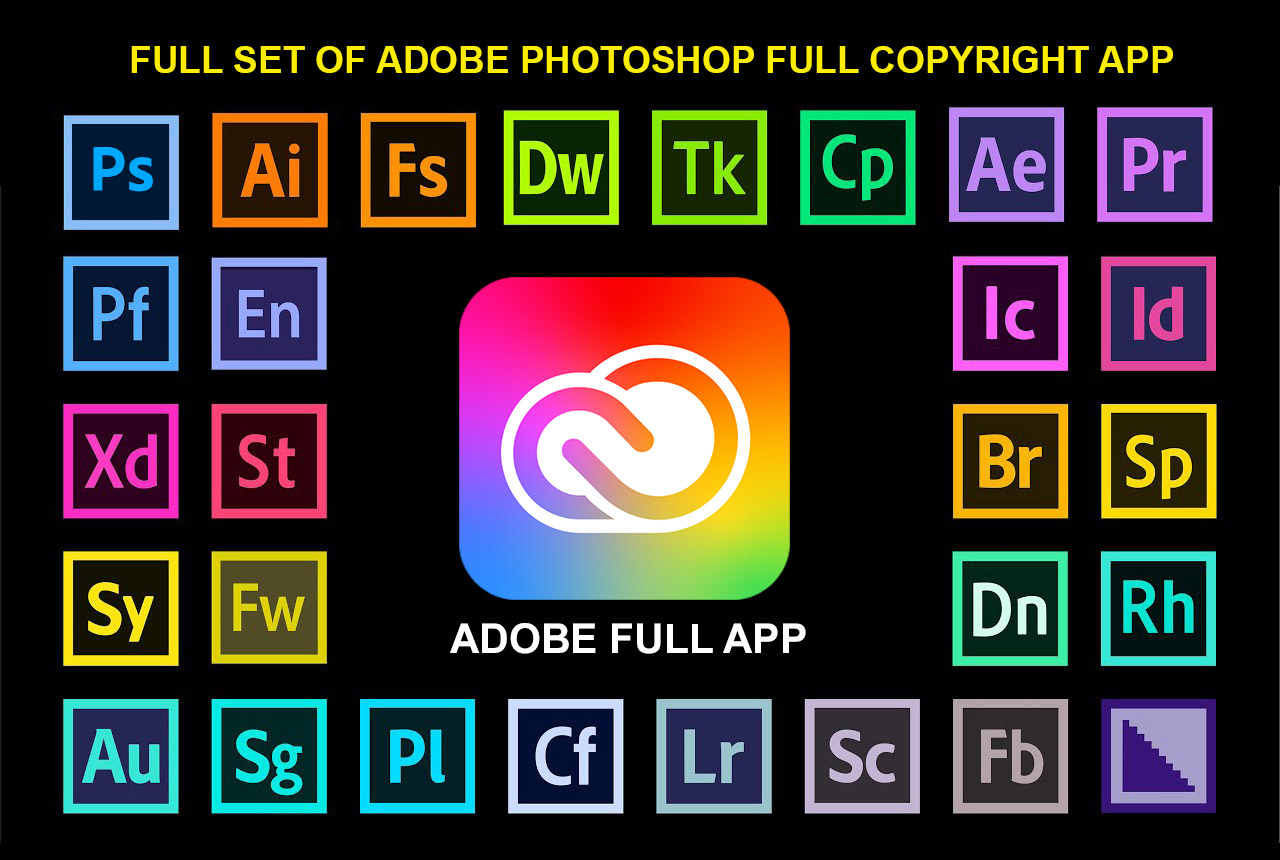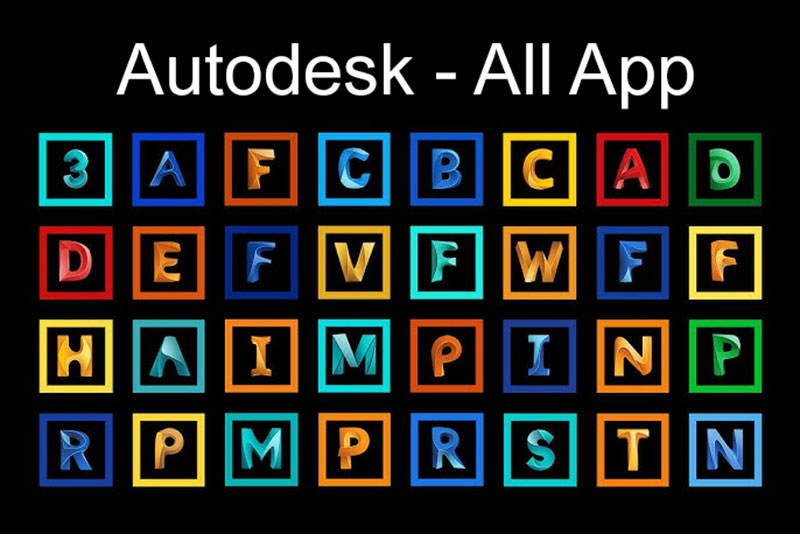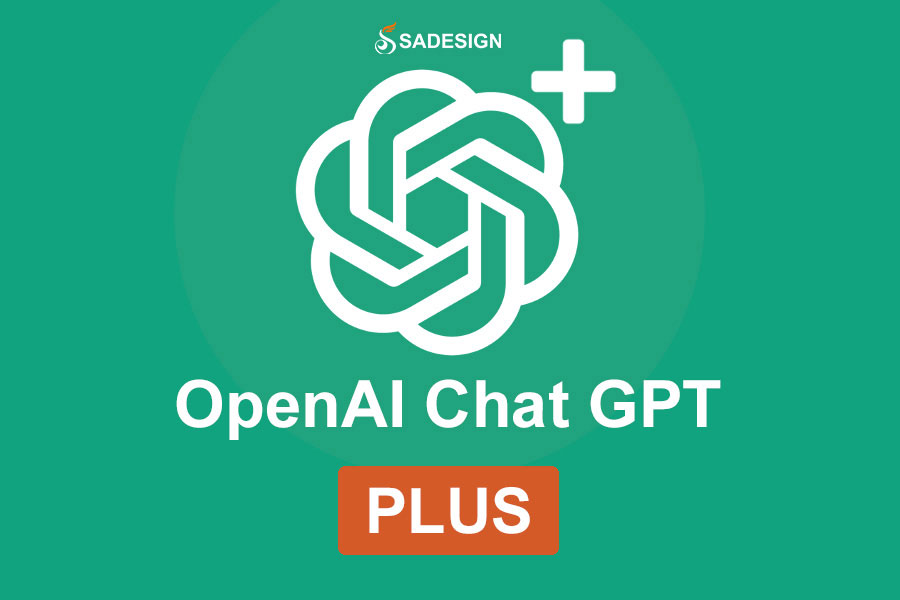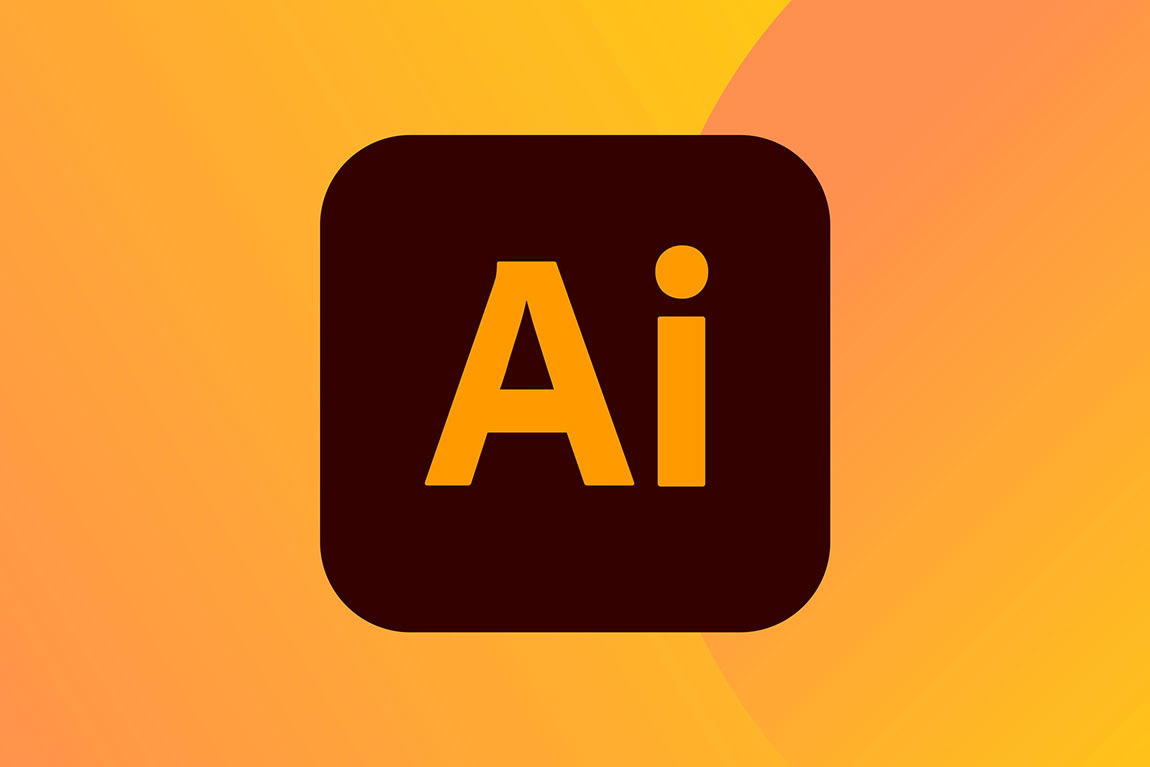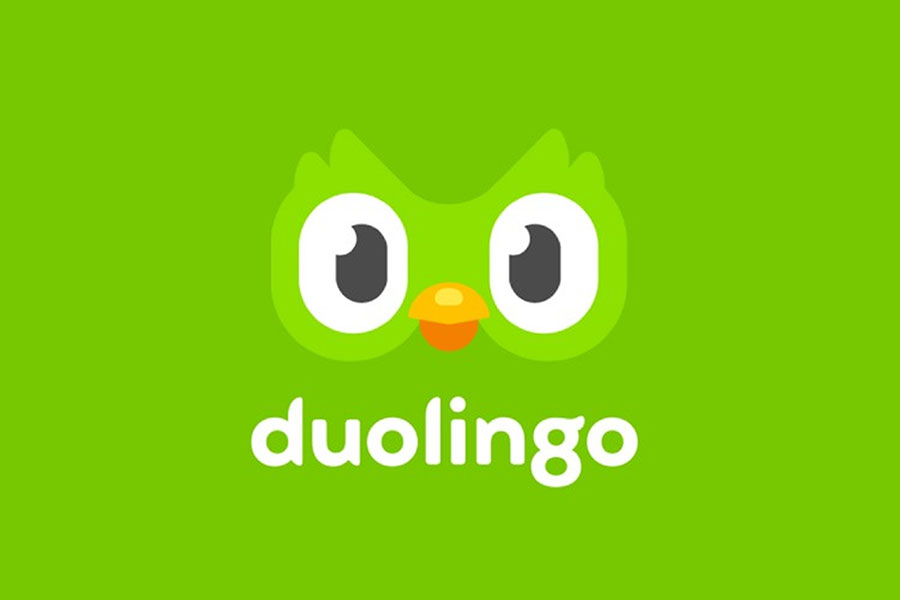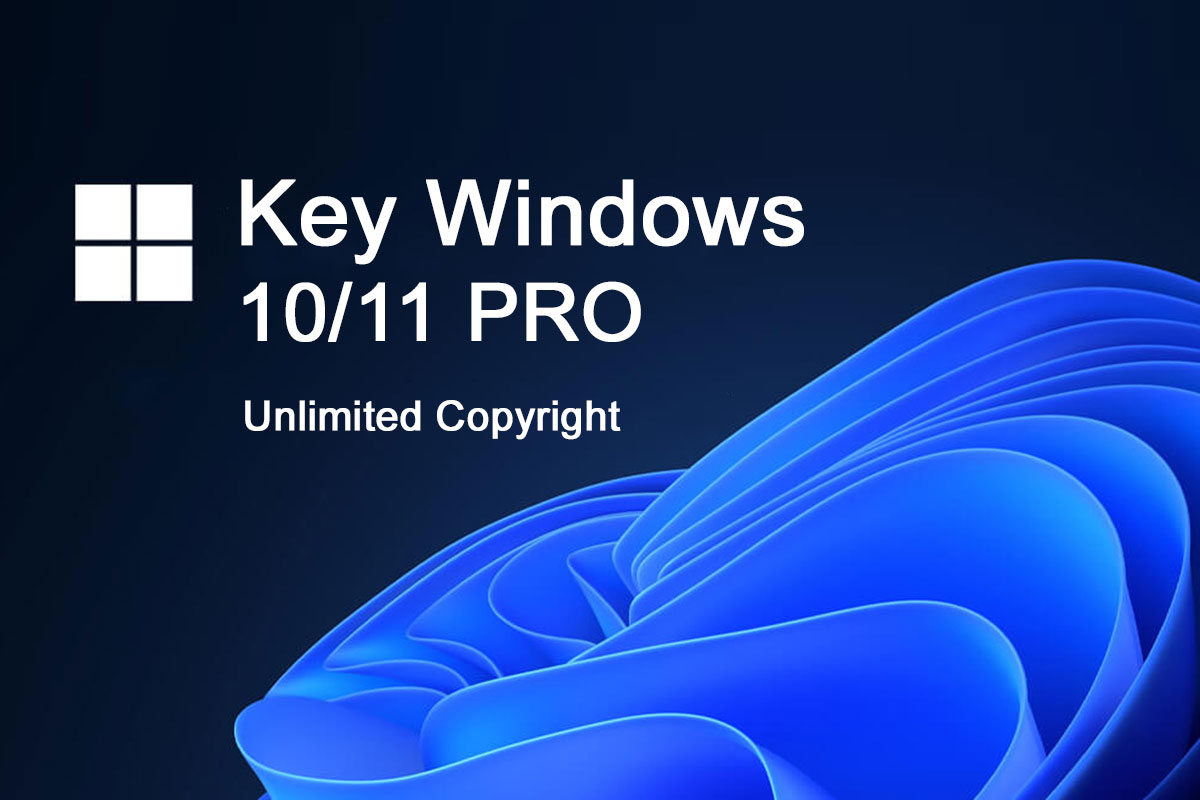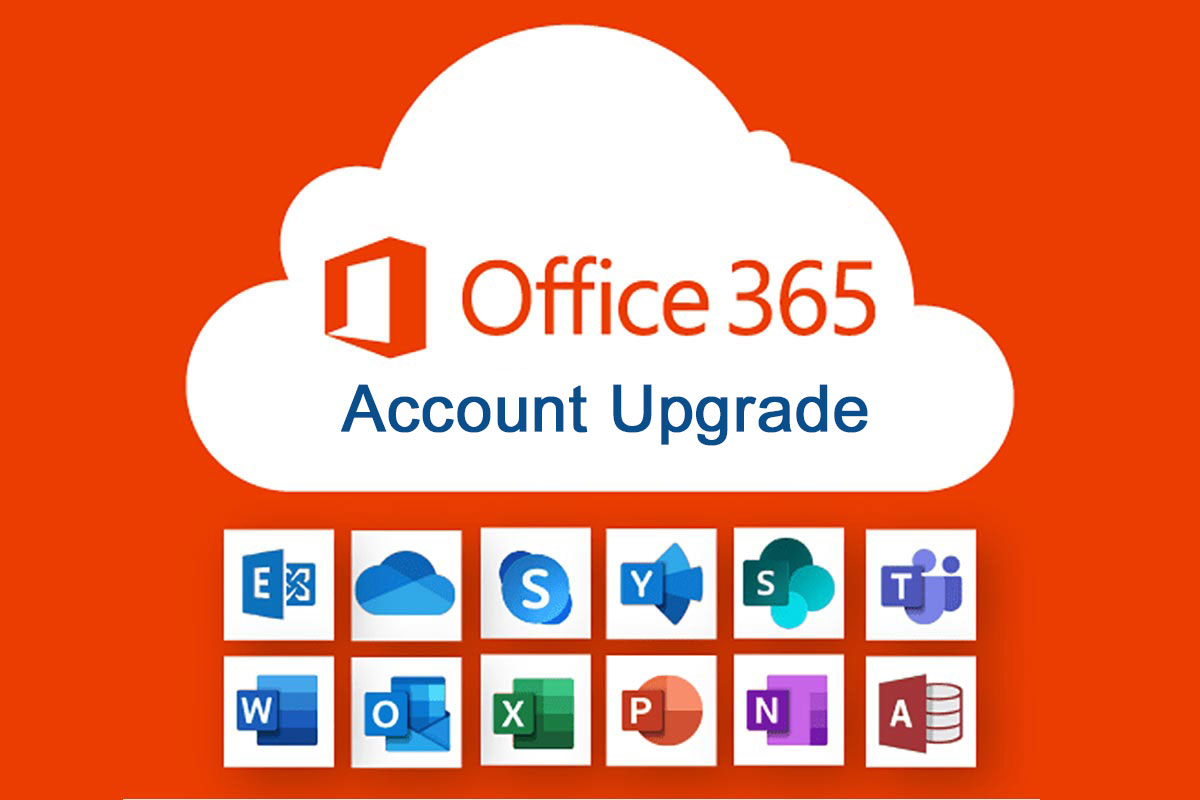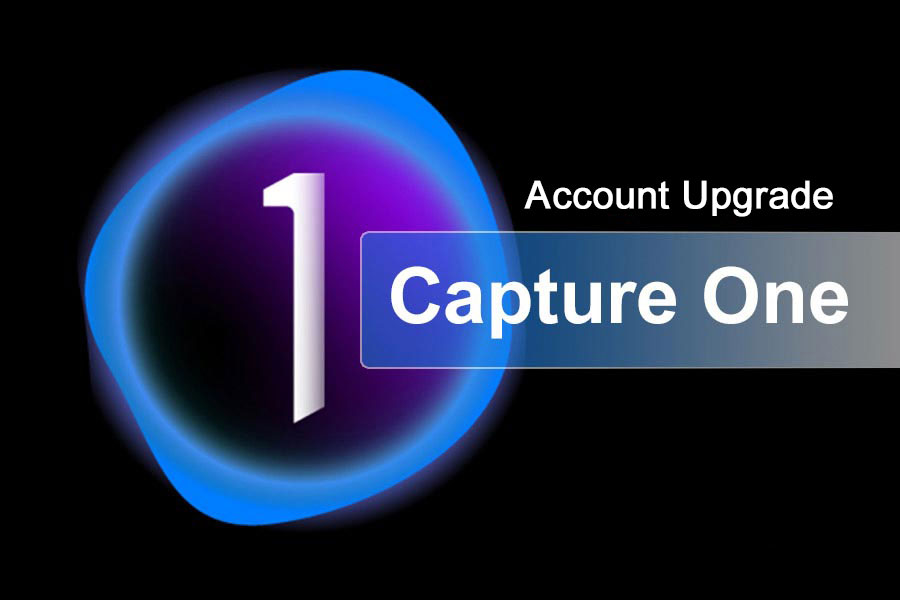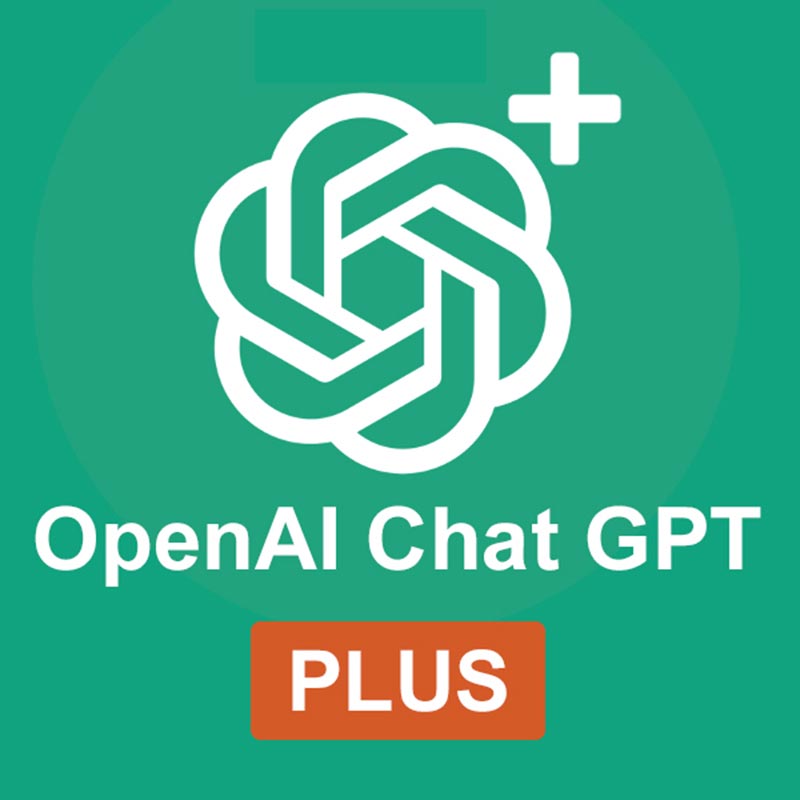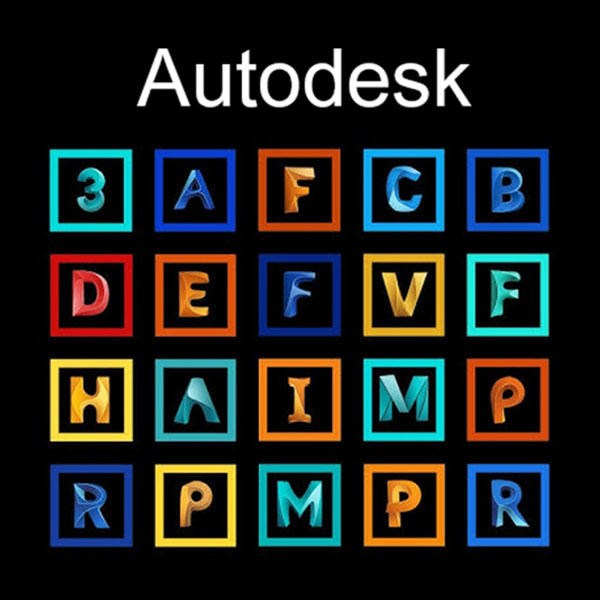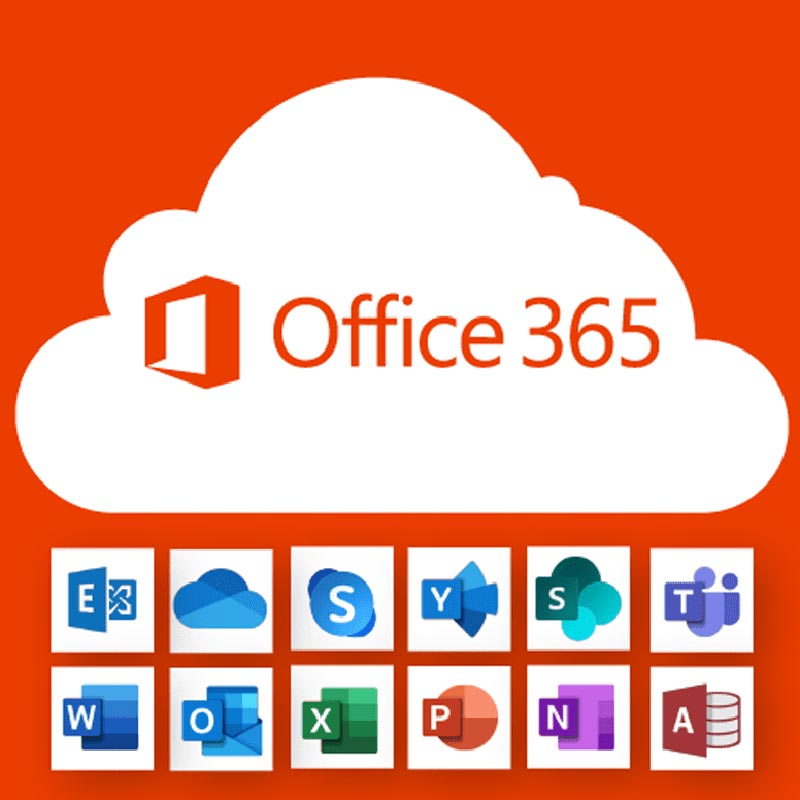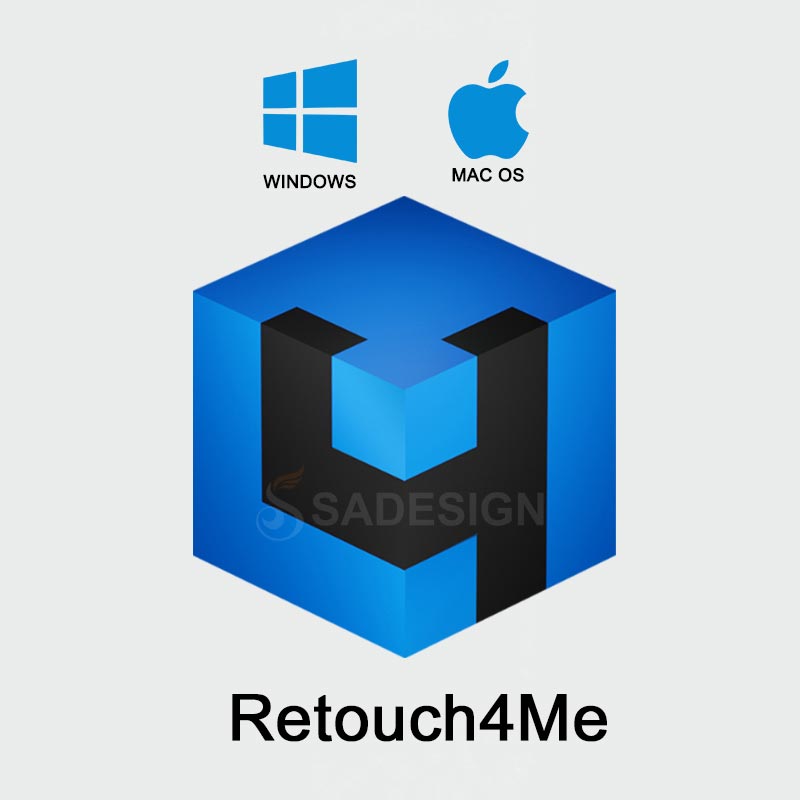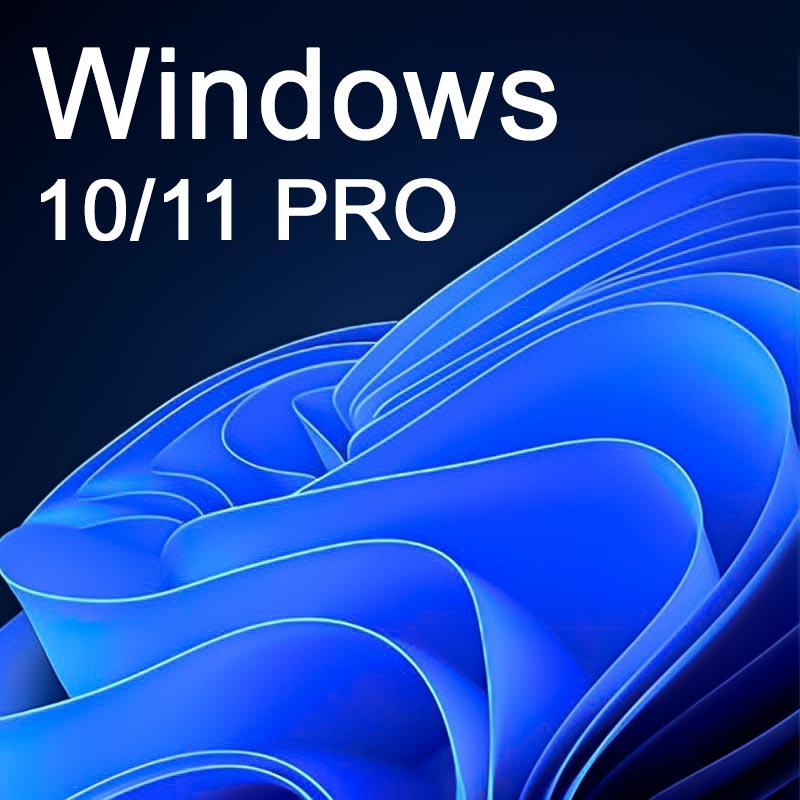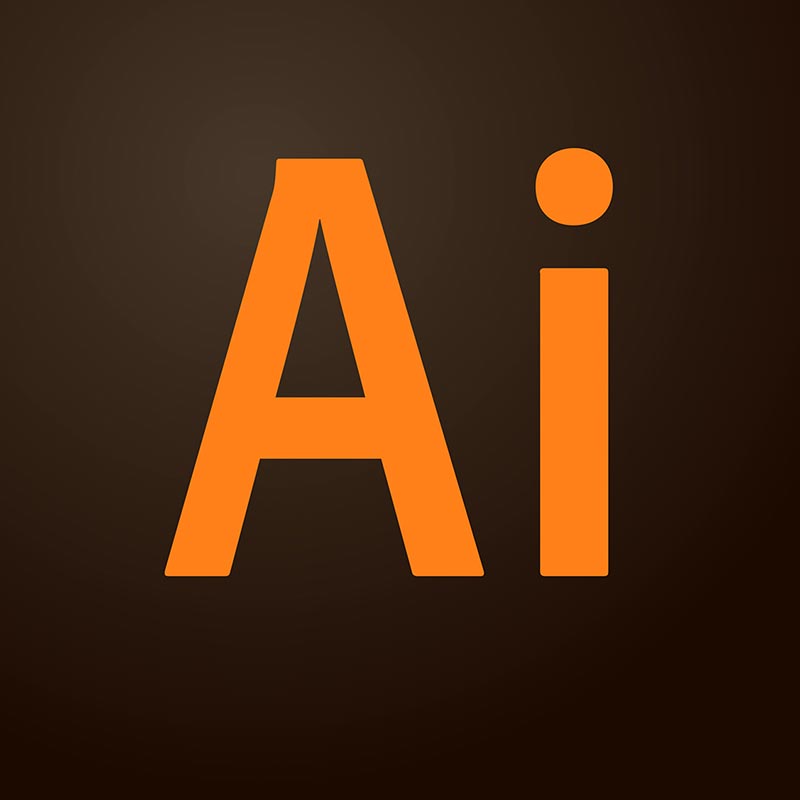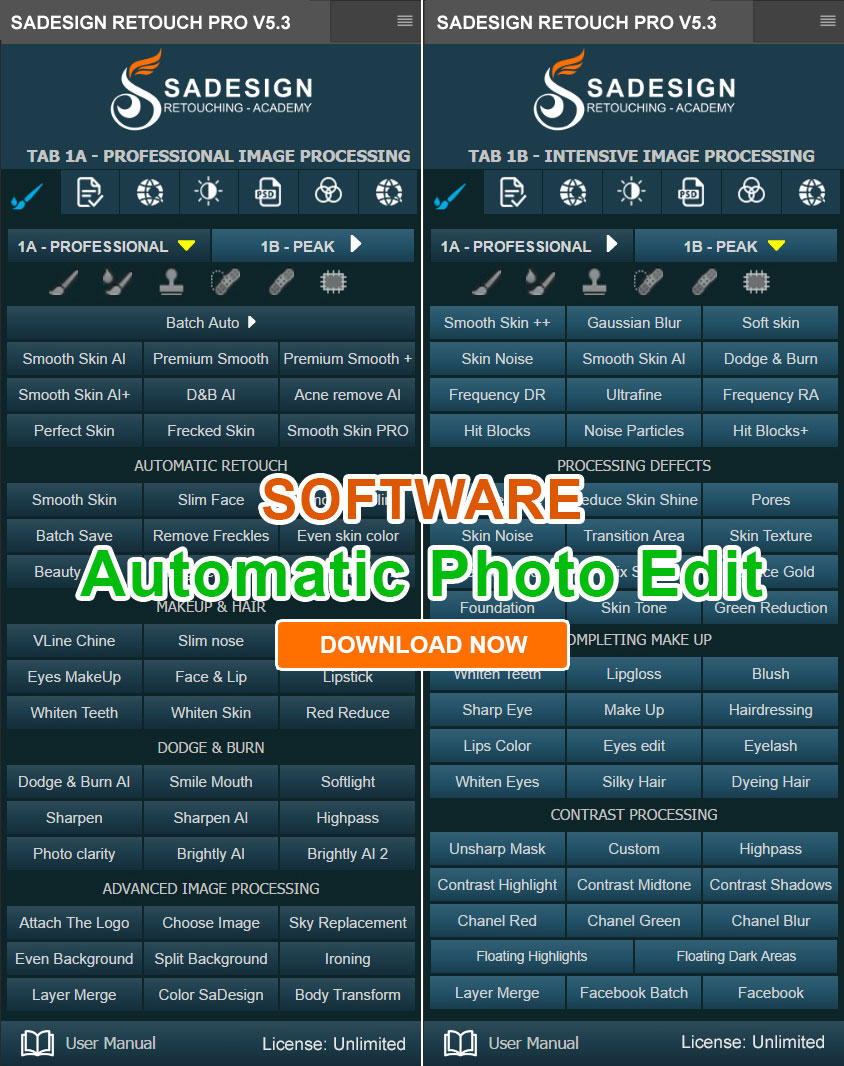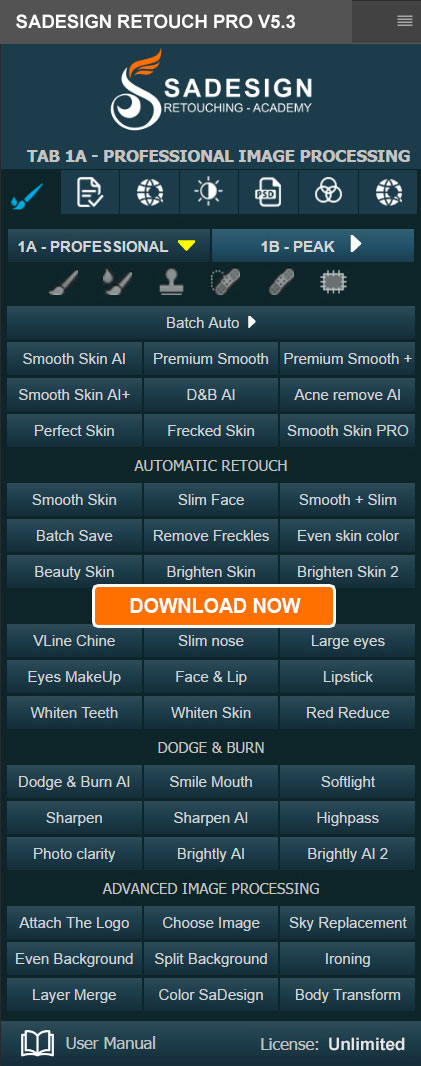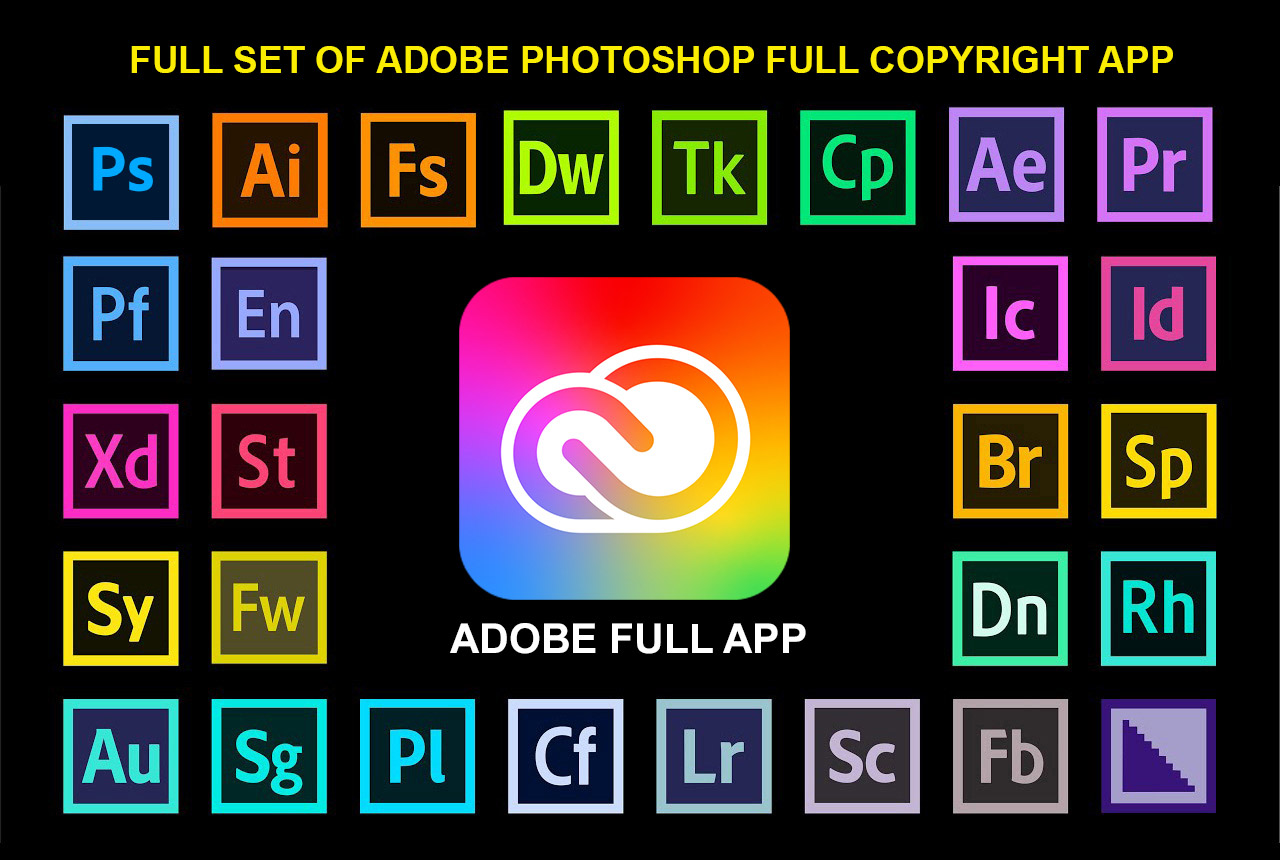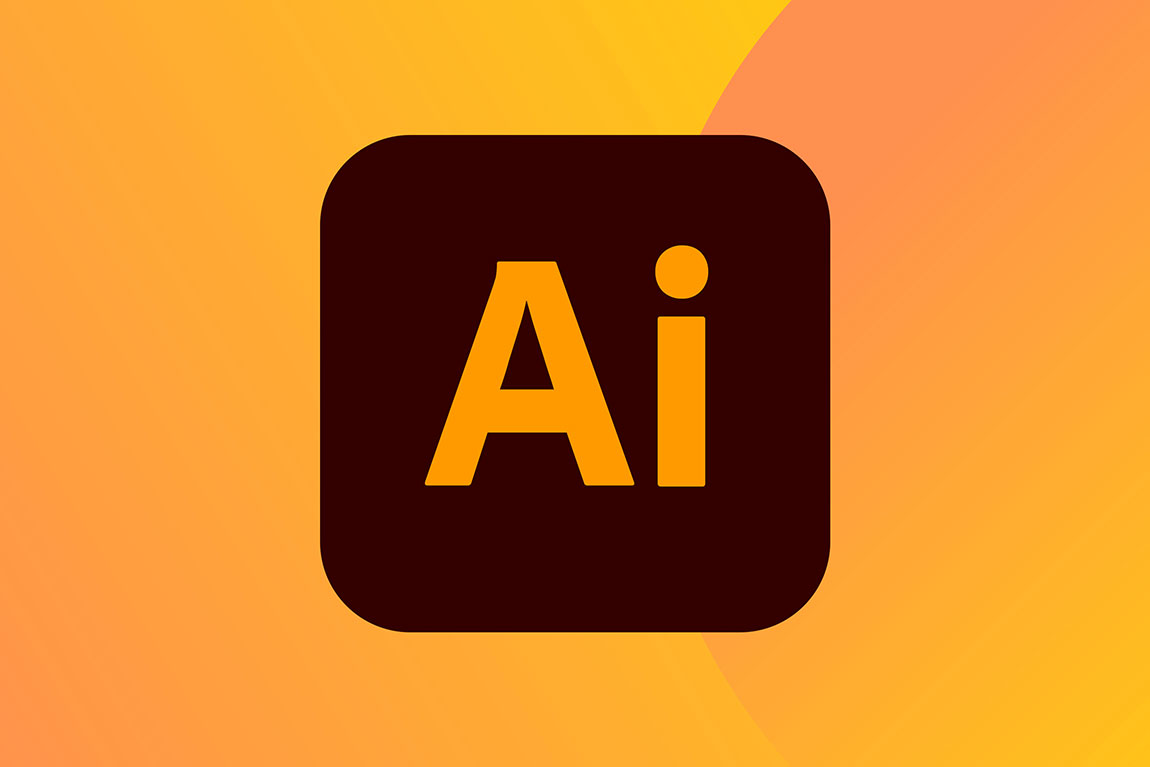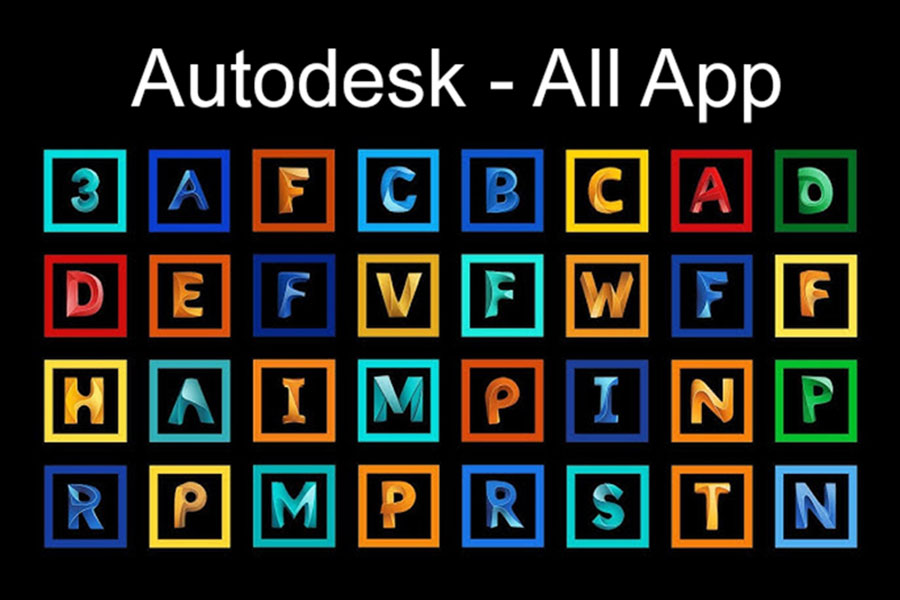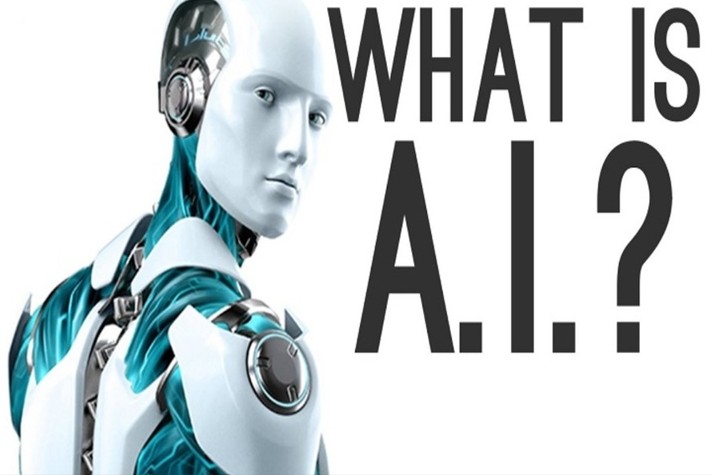Best Selling Products
Computer Science: The Roots of Technology and 'Money-Making' Careers
Nội dung
- 1. Definition and history of development of computer science
- 1.1. What is computer science?
- 1.2. History and development of computer science
- 2. Major fields in computer science
- 2.1. Algorithms and data structures
- 2.2. Software and hardware
- 3. The role and application of computer science in industry and life
- 3.1. Importance in industry
- 3.2. Practical applications in daily life
- 4. Career opportunities and development direction
- 4.1. Popular career positions
- 4.2. Qualities needed to study and develop in the industry
- 5. Common difficulties when studying computer science
- 5.1. Difficulty in grasping specialized knowledge
- 5.2. Challenges in practicing and applying new technology
- 6. Notes and effective learning methods for computer science
Computer science is the field of study that focuses on the study of methods and techniques for solving problems using computers.
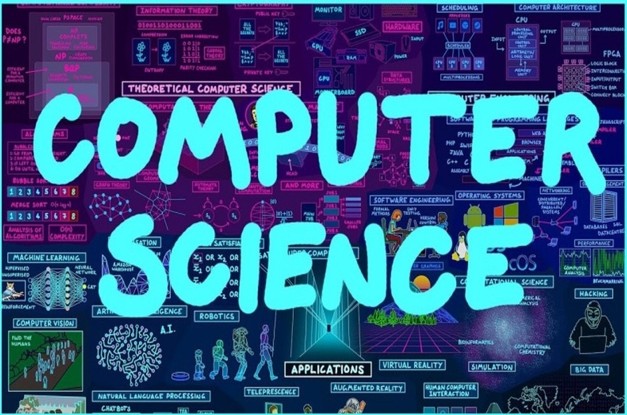
In the midst of the digital explosion, have you ever wondered: What exactly is computer science? From the smartphone you use every day to the complex web applications you access, everything bears the mark of computer science. This is not simply an academic research field, but also the 'heart' of the 4.0 industrial revolution that is taking place every day.
Many young people and parents still have many concerns: How is computer science different from information technology? Is this field difficult? What job will you do after graduation? These questions are completely understandable, because in Vietnam, computer science is still quite new and there is not much information conveyed in a complete and easy-to-understand way.
In this article, SaDesign will accompany you to learn all aspects of computer science from basic concepts, history, main fields, applications in life to career potential. Besides, you will also find common difficulties and effective learning tips from a practical perspective.
1. Definition and history of development of computer science
1.1. What is computer science?
Computer science is the study of methods and techniques for solving problems using computers. It combines mathematics, logic, and engineering to create automated solutions. Simply put, if you have ever wondered how computers “understand” and do what we want them to do, then computer science and AI are the answers.
Computer science is more than just writing code. It includes algorithm design, data analysis, system building, and even artificial intelligence research. Like the WordPress website building I’ve been talking about, computer science provides modern AI tools to turn ideas into reality.

Many people often confuse computer science with information technology or software engineering. While information technology focuses on the practical application of technology, computer science delves into the nature of computing. Software engineering focuses on the product development process. Computer science is like a scientist studying DNA, while information technology is like a doctor applying that knowledge to treat diseases.
1.2. History and development of computer science
The history of computer science begins with the first ideas about automatic computers. In 1936, Alan Turing proposed the concept of a “Turing machine” – a theoretical model of a computer that can solve any computable problem. This is the theoretical foundation for all modern computers today.
World War II gave a huge boost to the development of this field. The first computers such as ENIAC were created to calculate the trajectory of artillery shells. Ada Lovelace is considered the world's first programmer when she wrote algorithms for Charles Babbage's analytical engine.
The 1950s and 1960s saw the birth of the first programming languages such as FORTRAN and COBOL. This period was similar to the birth of the internet, everyone was excited but did not yet realize its great potential. In 1971, the first microprocessor, the Intel 4004, was born, paving the way for the personal computer revolution.
The 1990s saw the birth of the World Wide Web, which completely changed the way we interact with information. This is similar to how WordPress revolutionized website creation, making it possible for the average person to build a professional website without any deep programming knowledge.
2. Major fields in computer science

2.1. Algorithms and data structures
Algorithms are the heart of computer science. They are a set of logical steps to solve a specific problem. Think of an algorithm as a recipe: you need ingredients (input data), clear steps to follow (processing), and a final result (output data).
Data structures are the ways we organize and store information in a computer so that it can be used efficiently. It's like how you organize your closet: shirts in one compartment, jeans in another so they're easy to find. Common data structures include arrays, linked lists, stacks, queues, and trees.
Why are algorithms and data structures important? When you use Google to search, the system has to crawl through billions of web pages in a matter of seconds. This is only possible with intelligently designed search algorithms and data structures.
In fact, when I optimize my WordPress website, understanding the algorithm helps me choose the right plugins and configurations to make my website load faster. Good data structure helps WordPress MySQL database run smoother.
2.2. Software and hardware
Hardware and software are two sides of the same coin in computer science. Hardware includes all the physical components of a computer: the processor, memory, hard drive, graphics card. This is the “body” of the computer. Software is the set of programs and applications that run on the hardware, which can be considered the “soul” of the computer.
The relationship between software and hardware is extremely tight. Software needs hardware to run, but hardware without software is just a useless block of metal. It's like the relationship between a website and a hosting server: the website (software) needs the server (hardware) to run, but the server without the website is just a computer.
Understanding both software and hardware helps computer scientists design optimal systems. For example, when developing an image processing application, they need to know what a GPU is and how to write code to take full advantage of that hardware's capabilities.
3. The role and application of computer science in industry and life

3.1. Importance in industry
Computer science has become the backbone of most modern industries. In manufacturing automation, industrial robots are controlled by complex software to perform precise and repetitive tasks. The modern automobile industry is inseparable from computer science, from engine control systems to autonomous driving features.
In finance, RPA automated trading algorithms can execute thousands of transactions per second, helping banks and investment firms optimize profits. Blockchain and cryptocurrencies are also products of computer science, providing a completely new way to conduct financial transactions.
Healthcare is another field that has been revolutionized by computer science. From diagnostic imaging devices like MRI, CT scans to patient record management software, everything is based on computer science. Artificial intelligence also helps doctors diagnose diseases more accurately by analyzing millions of medical data.
3.2. Practical applications in daily life
In our daily lives, we are exposed to the products of computer science every minute and every second. The smartphone in your hand is a mini computer with powerful processing capabilities. Applications such as Facebook, Zalo, Grab are all built on the principles of computer science.
When you say “What’s the weather like today?”, a complex system is going on behind the scenes: speech recognition, natural language processing, information retrieval, and response generation. All within seconds.
Smart transportation systems use sensors and cameras to control traffic lights and reduce congestion. Ride-hailing apps like Grab use optimization algorithms to find the shortest route and match drivers with customers most efficiently.
The Internet of Things is connecting every device in your home. From smart refrigerators that can automatically order groceries when they run out, to security systems that can recognize faces and send alerts to your phone when strangers are present. All of this is made possible by the power of computer science and IoT.
4. Career opportunities and development direction
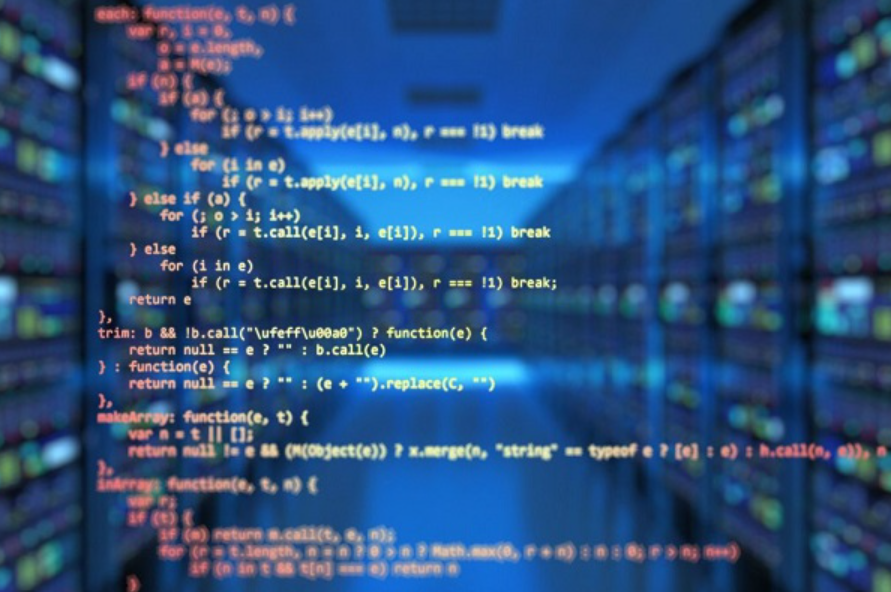
4.1. Popular career positions
Computer science opens up a myriad of attractive career opportunities with high salaries and a dynamic working environment. Programmer is the most popular position, with many different specialties such as web, mobile, game, or system programming. The salary of a fresher programmer in Vietnam currently ranges from 8-15 million VND/month, and can be up to 50-100 million VND/month for senior developers.
Software engineers not only write code but also design system architecture, manage projects and ensure product quality. This is a natural progression from programmers, with higher salaries and responsibilities. Data Scientist is one of the hottest jobs today, with the ability to analyze and exploit information from big data to make business decisions.
Artificial intelligence developers work with machine learning and deep learning to create intelligent systems. This is the highest-paying field in the industry, with many job opportunities at major technology companies such as Google, Facebook, Microsoft.
Systems and network administrators are responsible for maintaining a company's information technology infrastructure. Information security professionals are increasingly in demand as cyber attacks increase. Technology product managers combine technical knowledge with management skills to run technology products.
4.2. Qualities needed to study and develop in the industry
Logical thinking is the most important trait for success in computer science. You need to be able to break down complex problems into simple steps and find effective solutions. It’s like solving a puzzle: you have to look at the problem from many different angles.
Patience and attention to detail are essential. Coding is a precise job, and a misplaced comma or parenthesis can cause the entire program to fail. The ability to focus for long periods of time for debugging is also important.
Creativity and the ability to think creatively help you come up with unique solutions. Problem-solving skills go beyond coding, to understanding user needs and designing products accordingly.
Equally important is the ability to continuously learn. Technology changes rapidly, new frameworks and tools are constantly emerging. A successful programmer must always update his knowledge and learn new technologies. English skills are also essential because most technical documents and the international programming community use English.
5. Common difficulties when studying computer science

5.1. Difficulty in grasping specialized knowledge
One of the biggest challenges when studying computer science is the breadth and depth of the knowledge required. From basic mathematics such as linear algebra and probability and statistics, to abstract concepts such as algorithms and data structures, many students feel overwhelmed when they have to study so many different subjects at the same time that are closely related to each other.
The most common challenge is understanding and applying mathematical concepts to programming. For example, understanding machine learning requires a solid understanding of matrices, derivatives, and statistics. But the way math is taught in high school is often disconnected from real-world applications, making it difficult for students to connect the dots.
Programming languages are also a major barrier. Unlike natural languages, programming languages require absolute precision. One wrong character can cause the entire program to fail. Debugging (finding errors) can sometimes take hours for even a small error, causing stress and frustration for beginners.
5.2. Challenges in practicing and applying new technology
There is a big gap between theory and practice in computer science. You may have a good understanding of sorting algorithms in class, but when you have to apply them to a real-world project with complex data, you will encounter many unforeseen obstacles.
Technology changes so quickly that it’s another big challenge. Just as you’re getting familiar with a framework, a new version comes out with a bunch of changes. This can feel like chasing a constantly moving target.
Lack of practical experience makes finding a job difficult. Many companies require 1-2 years of experience even for entry-level positions. Building a portfolio and technical prompts to demonstrate your abilities also requires time and perseverance.

6. Notes and effective learning methods for computer science
To learn computer science effectively, the first thing you need is a clear and realistic study plan. Instead of trying to learn everything at once, focus on a specific area first, such as web programming or data science. Once you master one area, you can expand to other areas.
Regular practice is the key to success. Spend at least 2-3 hours a day coding, doing homework, or researching a small project. The key is consistency, not time. 30 minutes a day is more effective than 5 hours once a week.
Studying in groups and joining programming communities will help you learn faster and stay motivated. Forums like Viblo, Facebook groups, or Discord servers bring together people with similar interests. Don’t be afraid to ask when you have difficulties, the Vietnamese programming community is very friendly and willing to help.
Participating in real-world projects, hackathons, or contributing to open source projects can help you gain experience and build your portfolio. Even if you’re not a pro, participating in group projects will teach you how to work in a team, use Git, and other practical skills.
Don’t neglect fundamental knowledge like mathematics, algorithms, and data structures to keep up with new technologies. A solid foundation will help you learn new technologies quickly and understand the nature of problems deeply. Soft skills like communication, teamwork, and critical thinking are just as important as programming skills.
